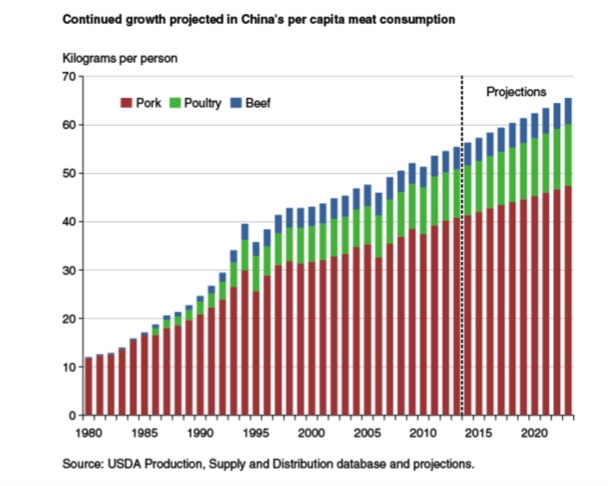
In total, weather-climate disasters cost 290 billion euro in 2017. Studies show that healthcare costs increase significantly per heat wave, and that in the United States the cost of fighting wildfires reached $2 billion in 2017. This will lead to increased occurrences of droughts and wildfires, as seen in the summer of 2018, the hottest on record and one in which 30-50% of certain key crops were lost in Europe.

This means that hotter summers will be the norm throughout Europe – but also in the United States, the southern neighbourhood and Asia. It is estimated that By 2030, the world will be 1.5 degrees warmer than during pre-industrial times. So irrespective of our next decisions, we will be hit by the fallout of past inaction and will have to manage the impact accordingly. This means two things for the coming decade: first, that we will finally begin to feel the disruptive impact of rising temperatures and related weather events (the world is already 1 degree warmer than in the 1950s 10), and second, that we may reach a tipping-point where changes to the climate become uncontrollable (discussed in the game-changers).Ĭoncerning the first dimension, even in the unthinkable scenario of all emissions from human activities ceasing today, carbon dioxide already in the atmosphere will remain there for about 40 years. WE ARE HOTTERĬlimate change has two aspects to it: the dire consequences of past mistakes, which are already tangible today and will increase towards 2030, and the far worse consequences of mistakes we must avoid now.

that this increased connectivity means international trade will become faster).Ĭlimate change, demography, urbanisation, economic growth, energy consumption, connectivity and geopolitics are among the most prevaling mega-trends that are explored in this report. the number of people who will have internet access), foresight interprets this fact (e.g. This is where forecast is different from foresight: whereas the former establishes a future fact (e.g. However, while mega-trends present a high degree of measurability, they are still open to interpretation. Therefore, mega-trends serve as the backdrop against which any of Europe’s futures will be set in 2030. The longer the data trail, the more reliable the trend. In contrast to many other factors concerning the future, this type of trend can be backed up by verifiable data stretching into the past. In this sense, mega-trends are the strategic forces that shape our future in a manner akin to a slowmoving glacier: they cannot easily be turned around by humans. Because mega-trends are measurable, and affect many, and for a long period of time, they lend a previously foggy future an increased degree of visibility. Most importantly, mega-trends are linked to our present and are therefore phenomena we can already observe today.

Mega-trends also unfold over an extended period of time: their lifespan is normally at least a decade, and often longer. As their name suggests, mega-trends are trends that occur on a large scale they therefore affect large groups of humans, states, regions, and in many cases, the entire world. This is because mega-trends have several characteristics in common that help us narrow down the futures from infinite possibilities to a restricted possibility space. Whenever we think about the future, mega-trends are our first helpers.


 0 kommentar(er)
0 kommentar(er)
